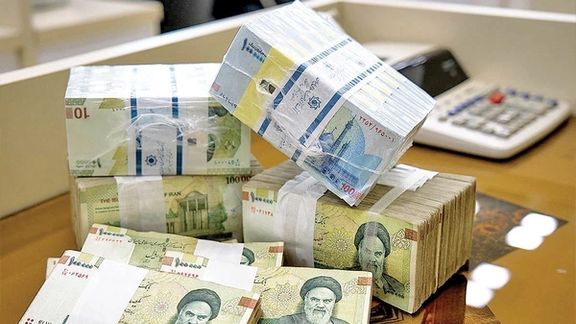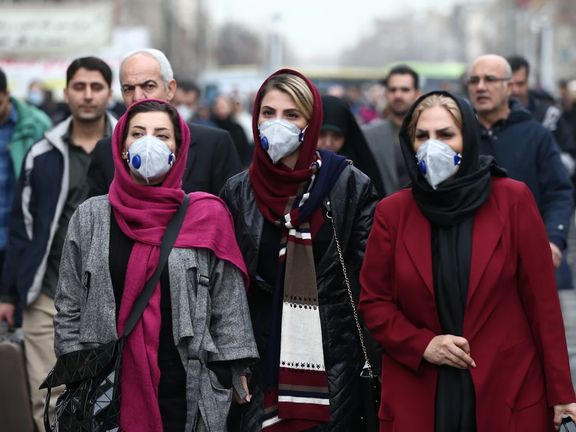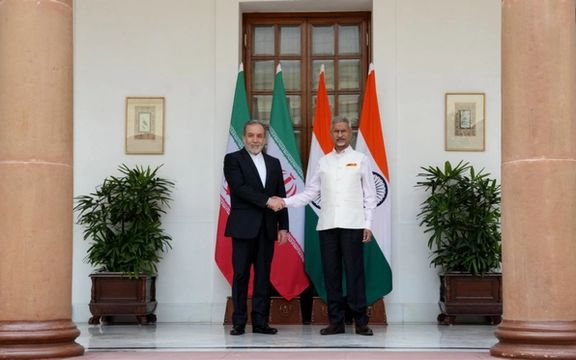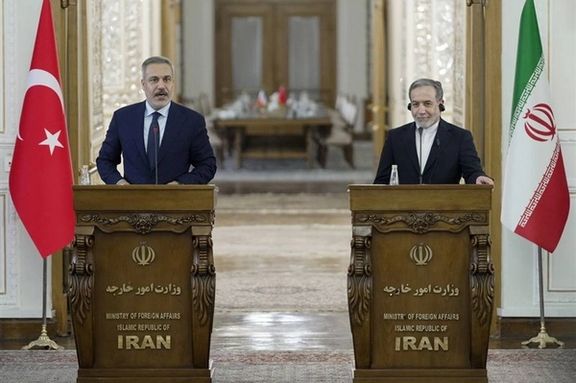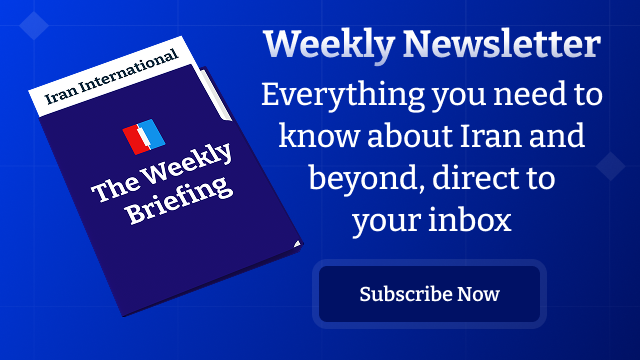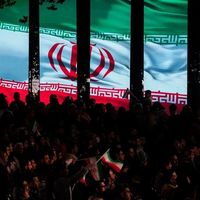The panel of Middle East specialists said the surprise deal mediated by Oman and announced by President Donald Trump highlights the US leader's maverick stances and Tehran's flexibility as it tries to clinch a deal to avoid war with Washington.
Iranian and US negotiators are due to meet in Muscat for a fourth round of talks on Sunday after Trump's special envoy Steve Witkoff rejected enrichment by Iran and for the first time mooted ending the talks if Tehran does not budge.
"Trump is totally unpredictable. Nobody knows what's going to happen with him the next day. This is something that is coming across all over the region," said Avi Melamed, a former Israeli intelligence official and current Mideast analyst.
Shock ideas like taking ownership of Gaza and the sudden end of American attacks on the Houthis keep friend and foe alike off balance, he added, and provide a moving target that may scramble any independent plans they have of their own.
"I don't know whether to even to call it policy but basically steps or measures that ... because they are so flexible, vague and unpredictable, create a dynamic that in a convoluted way could be sometimes constructively contributing to stability."
At the same time, according to Yemeni-American policy analyst Fatima Abo Alasrar, the Yemen truce likely signaled the influence of their Iranian backers over their armed proxies in the explosive region.
"It's an amazing strategy by Iran regime's officials to throw in something to show good faith and that they're serious, but also it shows power," said Abo Alasrar, a senior policy analyst at the Washington Center for Yemeni Studies.
"When you're able to stop your proxy... it shows how much power Tehran has in the region. This demonstrates to the US president, look at us, we can do this - we can turn this region upside down if we want to."
Wait and See
The truce between the theocratic guerrilla group and the populist president may prove fragile, and any breakdown between Tehran and Washington could inflame it anew.
"They are talking about nuclear agreement and a nuclear deal with Iran and that therefore Iran will make concessions, etc. And the Houthis maybe will be part of it," said Zineb Riboua, a research fellow at the Hudson Institute.
"It's more of a let's wait and see situation, precisely because a lot of these things are unpredictable."
Not just Washington's Houthi enemies but its Israeli allies seem not to be able to discern Trump's next move.
Israel pounded Yemen's main airport and several power plants the morning before Trump's truce announcement, escalating its military campaign just as their American backers ended theirs.
"This does suggest at least a certain amount of friction or a certain amount of uncoordination between the United States and Israel, at least when it comes to the policy towards the Houthis," said Gregory Brew, senior Iran analyst at Eurasia Group.
